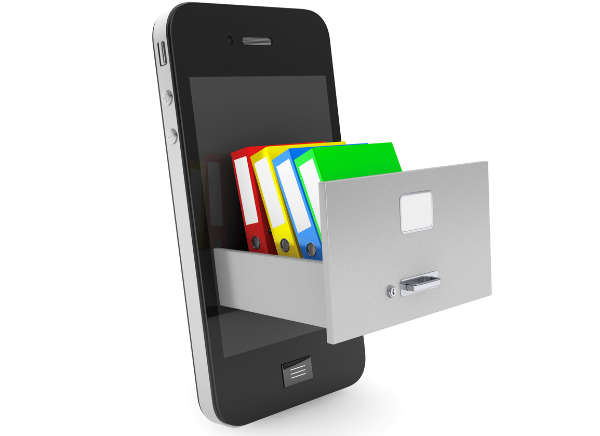
In today’s digital age, our smartphones have become an essential part of our daily lives. From capturing cherished memories to staying connected with friends and family, our mobile phones store an extensive amount of valuable data. However, the limited storage capacity of these devices can quickly become a concern, leading to frustrating experiences with slow performance and an inability to save new content. Fear not, for there are numerous ways to efficiently use your mobile phone storage and make the most out of every precious byte. Let’s explore some practical tips and tricks to optimize your device’s storage:
Perform Regular Storage Cleanup:
Start your journey towards efficient storage usage by decluttering your phone regularly. Delete old and unnecessary photos, videos, and files that no longer serve any purpose. Review your apps and remove those you seldom use. This not only frees up valuable storage but also enhances your device’s performance.
Utilize Cloud Storage:
Leverage the power of cloud-based storage solutions such as Google Drive, Apple iCloud, or Dropbox. Upload your photos, videos, and documents to the cloud, freeing up local storage space on your phone. Ensure you back up your data regularly to avoid any potential loss and access your files from any device with an internet connection.
Apps often store temporary data or cache to speed up their operations. However, over time, this cache can consume a significant portion of your storage. Periodically clear the cache by going to your phone’s settings and navigating to the app management section.
Configure your app settings to download updates and content only when connected to Wi-Fi. Automatic app updates and downloads over mobile data can quickly eat up your storage and data plan.
Many popular apps now have lite or go versions designed to consume less storage space and use fewer resources. Consider using these versions if available, as they can significantly reduce the app’s footprint on your phone.
Streaming services often allow users to download content for offline viewing. While this is a convenient feature, be mindful of the space these offline files occupy. Delete downloaded content once you have consumed it to prevent unnecessary storage usage.
High-resolution photos and 4K videos can quickly eat into your phone’s storage. Adjust your camera settings to capture photos and videos in a lower resolution or use the HEVC (High-Efficiency Video Coding) format to save space without compromising quality.
Various storage management apps are available on app stores that help you identify large files, temporary data, and other storage-hogging elements. These apps make it easier to find and remove unnecessary files.
If you have an iPhone, you can enable the “Offload Unused Apps” feature, which removes the app while retaining its data, allowing you to reclaim space. Android users can use app cloners to run multiple instances of an app, which can be useful if you need the same app for different accounts, but it will also save space as each clone consumes less storage.
Some Android devices allow you to expand storage using microSD cards. If your phone supports this feature, invest in a high-quality and compatible microSD card to extend your device’s storage capacity.
By implementing these practical tips, you can efficiently manage your mobile phone’s storage and enjoy a smoother, clutter-free experience. Remember, staying organized and mindful of the content you keep on your phone will not only optimize storage usage but also improve overall performance, allowing you to make the most of your beloved device. Happy storing!
